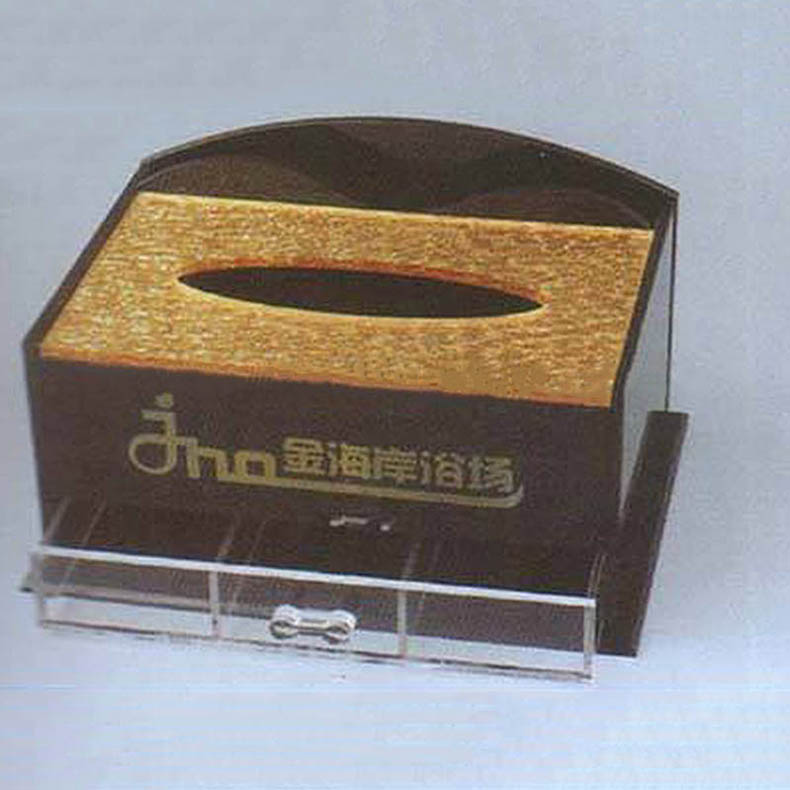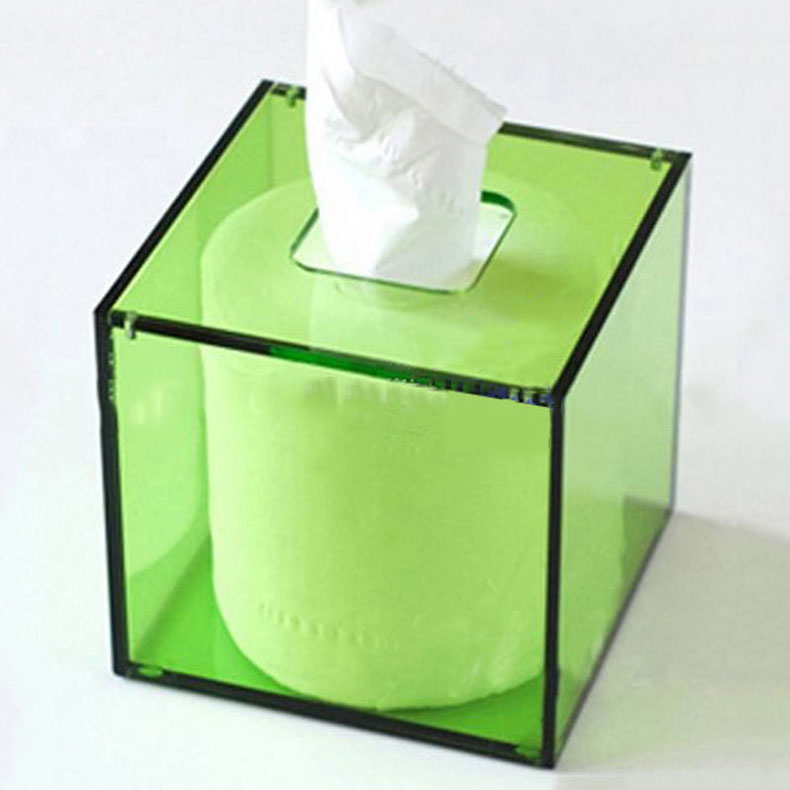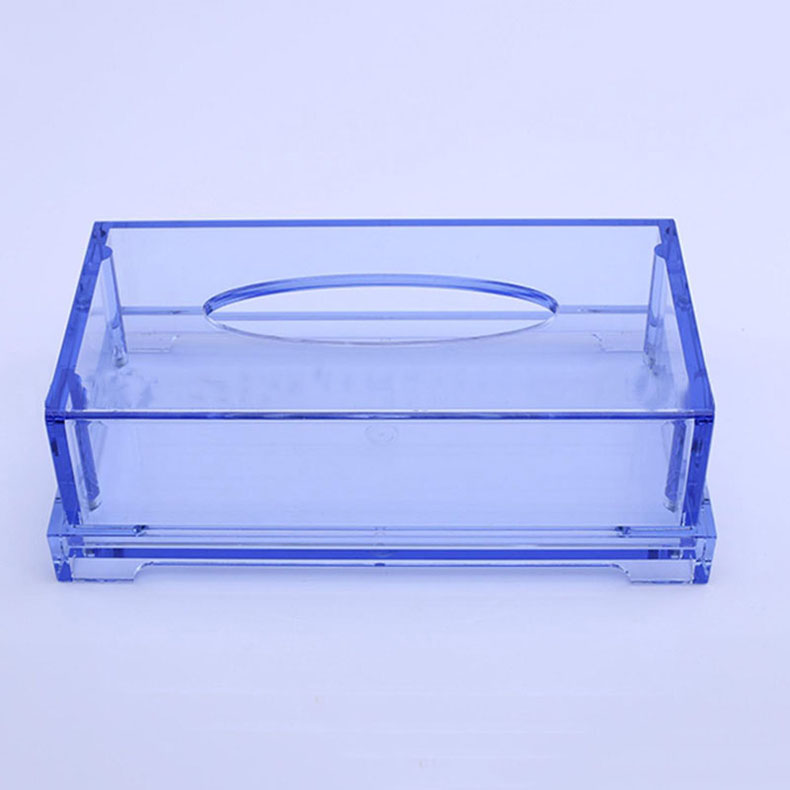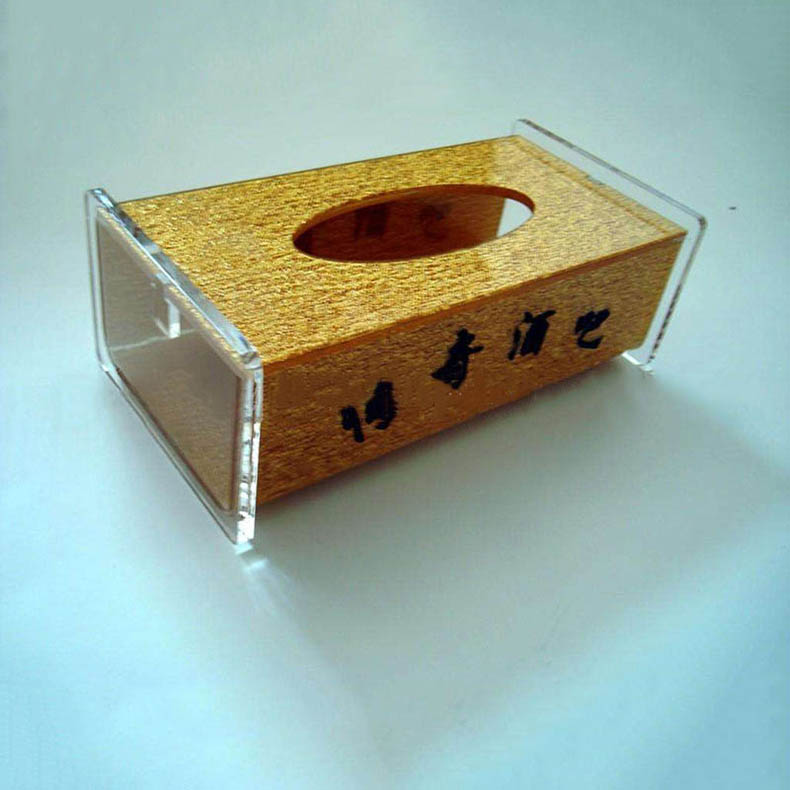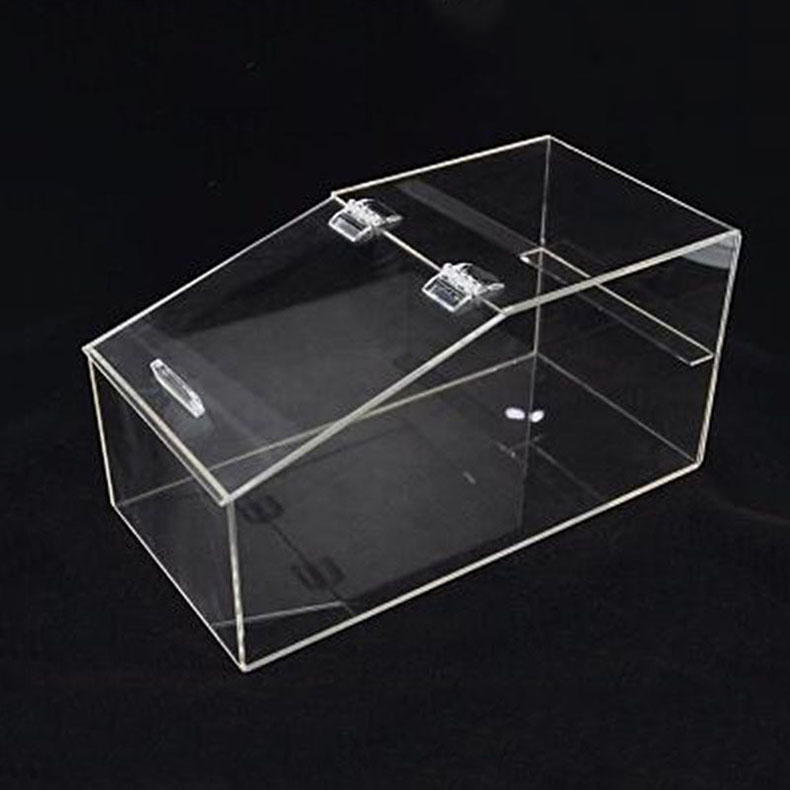Acrylic table tops have emerged as a popular choice in the world of furniture, offering a unique blend of aesthetics, functionality, and versatility. In this article, we will delve into various aspects of acrylic table tops, including their characteristics, advantages, disadvantages, and applications.
Characteristics of Acrylic Table Tops
Transparency
One of the most distinctive features of acrylic table tops is their high transparency. Acrylic, also known as Plexiglas or Perspex, can achieve a level of clarity that is almost comparable to glass. This transparency allows light to pass through freely, creating an open and airy feel in the space. It also enables the table top to showcase the items placed on it or the surface beneath, adding an element of visual interest.
Lightweight
Compared to traditional glass table tops, acrylic table tops are significantly lighter. This makes them easier to handle during installation, transportation, and rearrangement. The reduced weight also puts less stress on the table legs and the overall furniture structure, which can be beneficial for the longevity of the table.
Durability
Acrylic is a relatively durable material. It has good resistance to impact, which means it is less likely to break or shatter compared to glass. This makes acrylic table tops a safer option, especially in environments where there is a risk of accidental collisions, such as in households with children or in commercial settings with high - traffic areas. Additionally, acrylic is resistant to many chemicals, which helps to prevent staining and damage from spills.
Customizability
Acrylic can be easily cut, shaped, and molded into various forms. This allows for a high degree of customizability in table top design. Manufacturers can create table tops in different sizes, shapes (such as round, square, rectangular, or even irregular shapes), and thicknesses to meet the specific requirements of the customer. Acrylic can also be colored or have patterns added to it during the manufacturing process, providing endless design possibilities.
Advantages of Acrylic Table Tops
Aesthetic Appeal
Acrylic table tops can add a modern and sophisticated look to any space. Their transparency and smooth finish create a sleek and elegant appearance that can complement a variety of interior design styles, from contemporary and minimalist to eclectic. The ability to customize the table top’s color and shape further enhances its aesthetic versatility, allowing it to become a focal point in the room.
Cost - Effectiveness
In general, acrylic table tops are more affordable than high - quality glass table tops. This makes them an attractive option for those on a budget who still want to achieve a similar look and feel. The lower cost also makes it easier to replace the table top if it gets damaged over time.
Safety
As mentioned earlier, the impact resistance of acrylic reduces the risk of shattering, which is a major safety concern with glass table tops. In the event of an accident, acrylic is more likely to crack or dent rather than break into sharp pieces, minimizing the potential for injuries.
Easy Maintenance
Acrylic table tops are relatively easy to clean. They can be wiped down with a soft cloth and a mild cleaning solution to remove dirt, fingerprints, and spills. Unlike some porous materials, acrylic does not absorb stains easily, which means that most spills can be cleaned up quickly without leaving a permanent mark.
Disadvantages of Acrylic Table Tops
Scratch Susceptibility
Although acrylic is durable in many ways, it is more prone to scratching compared to glass. Even minor abrasions can occur from everyday use, such as moving objects across the table top or using rough cleaning materials. However, these scratches can often be repaired using special acrylic polishing compounds.
Heat Sensitivity
Acrylic has a lower heat resistance than glass. Placing hot objects directly on an acrylic table top can cause it to warp or develop discoloration. To prevent this, it is recommended to use trivets or heat - resistant pads when placing hot items on the table.
Yellowing Over Time
Exposure to ultraviolet (UV) light over an extended period can cause acrylic to yellow. This is more likely to occur with lower - quality acrylic or if the table top is placed in direct sunlight for long periods. To mitigate this issue, some manufacturers add UV stabilizers to the acrylic during production.
Applications of Acrylic Table Tops
Residential Use
In homes, acrylic table tops are commonly used for dining tables, coffee tables, side tables, and desks. Their modern appearance can enhance the look of living rooms, dining rooms, and home offices. The transparency of the table tops can also make smaller spaces appear larger and more open.
Commercial Use
Acrylic table tops are widely used in commercial settings such as restaurants, cafes, hotels, and offices. In restaurants and cafes, they can create a clean and contemporary look that appeals to customers. In offices, acrylic table tops can be used for meeting tables, reception desks, and workstations, adding a touch of professionalism to the environment.
In conclusion, acrylic table tops offer a range of benefits, including aesthetic appeal, cost - effectiveness, safety, and easy maintenance. However, they also have some limitations, such as scratch susceptibility and heat sensitivity. By understanding these characteristics, advantages, and disadvantages, consumers can make an informed decision about whether acrylic table tops are the right choice for their specific needs and preferences. Whether in a residential or commercial setting, acrylic table tops can be a practical and stylish addition to any space.



